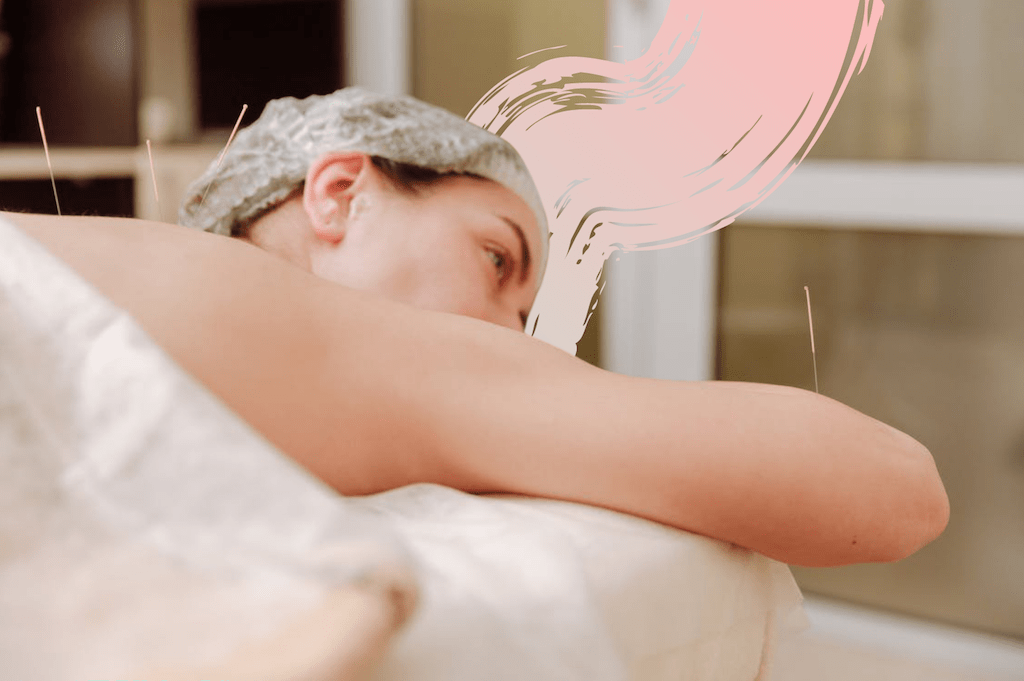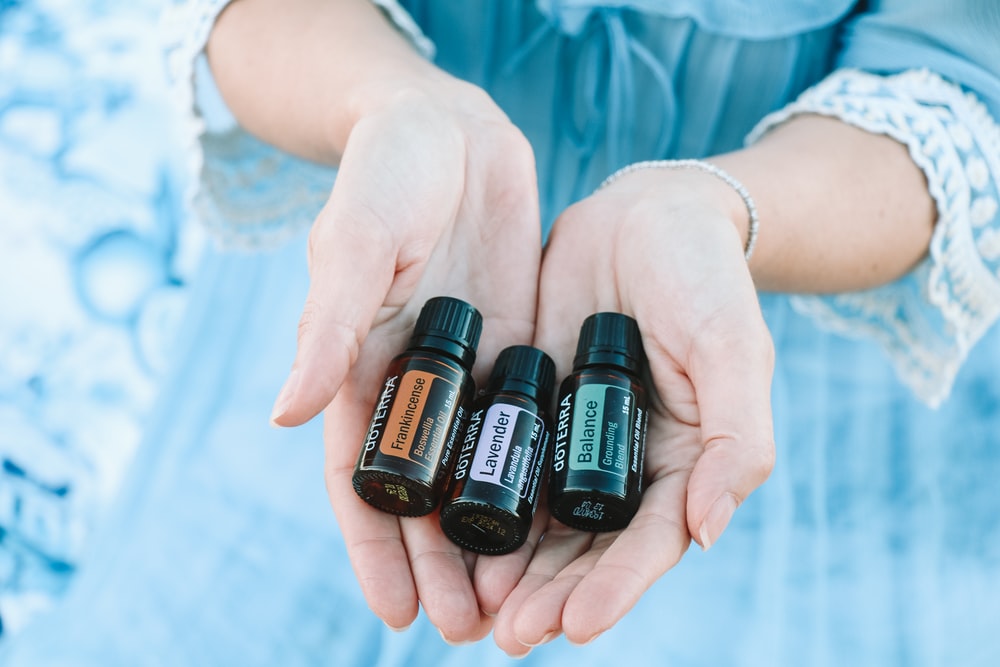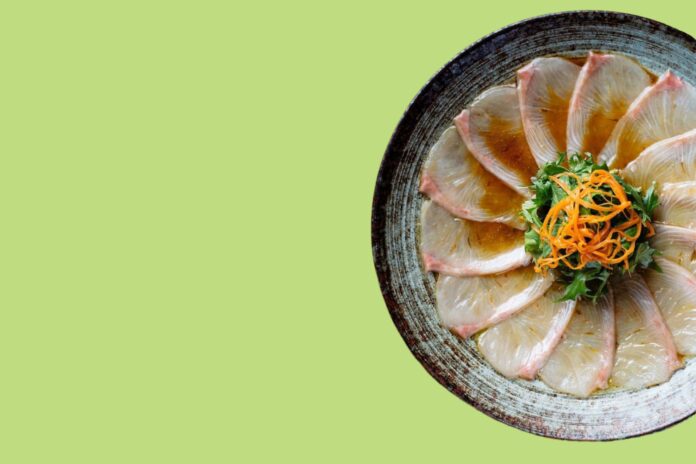In today’s age of technology-driven, cutting edge healthcare and medicine, scientific understanding of the most effective ways to stay fit and feel good are forever advancing.
We now have the ability to assess complications earlier, address problems with new medical technology, and treat patients in ever more myriad ways. In recent years, an increasing focus has fallen on complementary and alternative therapies – treatments which, according to the NHS, ‘’fall outside of mainstream healthcare’’, but when used together with mainstream medicine, could make a difference to the patient’s health and wellbeing.
Progressively, it’s believed that there is enough room in the medical field for holistic practices to work alongside conventional medicine to produce the best results. There has been particular interest in the field of pain relief recently, since the concept of ‘pain’ has such a diverse set of roots and causes. If you’re keen to learn more, then read on; here are 5 alternative therapies and medicines with the potential for pain relief.
ACUPUNCTURE
The ancient Chinese practice of acupuncture involves the insertion of incredibly fine needles into specific parts of the body associated with nerve and muscle stimulation. The belief is that arousing these nerves and muscles may cause pain-relieving chemicals – such as endorphins – to be released.
The NHS, alongside the National Institute for Health Care and Excellence, advocate the use of acupuncture as a treatment for migraines and tension headaches, with the former stating that acupuncture is also sometimes used to treat musculoskeletal conditions such as chronic pain, joint pain, dental pain and postoperative pain. Incredible.

LOW LEVEL LASER THERAPY
The use of lasers was once a science fiction trope that generally ended up being a weapon deployed by robots – and usually used to approach James Bond’s groin torturously – but in recent years, medical science has learned that lasers have more practical uses in the real world.
In particular, lasers have been increasingly used as a form of treatment for acute pains in the back, fibromyalgia, bone fracture damage and repair, post-op healing, and assorted other pains in the body. Though the research into its efficacy is ongoing, the NHS now uses lasers as part of a holistic approach to pain relief; expect to see more of this in the future.
This treatment is usually referred to as Low Level Laser Therapy, with results intended to help patients receive care in non-invasive, non-medicated ways. This can be useful in cases where patients may have allergies or complications involving certain drugs and would prefer to not undergo surgery. All in all, LLLT is worthy of further research due to its potential for pain relief.
SPICES AND HERBS
Yep, spices and herbs can be used in the fight again pain and inflammation, giving you the perfect excuse for a curry tonight, don’t you think?
As you’ve probably heard, turmeric is one of the most recent health crazes, but trust us; this one’s not a total fad. In fact, this vibrant, earthy orange root which has the capacity to stain just about anything may also have anti-inflammatory properties, with studies suggesting that curcumin, one of turmeric’s compounds, could reduce inflammation in the body, contributing to pain relief in the process. Ginger also possesses anti-inflammatory properties, and the two are natural bedfellows in many South Asian and South-East Asian dishes.
Other spices which may contribute to pain relief include garlic, cloves, black pepper and cayenne, along with several herbs – including aloe vera, lavender, rosemary and peppermint – whose essential oils may well have healing potential.
AROMATHERAPY
Speaking of essential oils, the scents they produce have long been used in a type of holistic medicine known as aromatherapy. Indeed, several plants and herbs possess essential oils which have been shown to help with specific cases of pain relief.
According to the Healthline, a 2012 study found that ‘’inhaling the scent of lavender was effective in lessening the severity of migraine headache symptoms’’. Wow.
It’s not just lavender. Incredibly, essential oils extracted from rose oil have been shown to alleviate pain associated with kidney stones as well as period pain.
What’s more, bergamot’s essential oils have been suggested to have a relieving effect on neuropathic pain, in particular, which is often characterised as being ‘shooting’ or ‘burning’ in its nature. This usage is particularly interesting to medical practitioners since in serious cases, neuropathic pain is often resistant to conventional opioid painkillers.

MAGNETIC FIELD THERAPY
While research into Magnetic Field Therapy is ongoing and at times, sparse, it’s hard to ignore the potential in this field of alternative healthcare treatments for pain relief.
Pulsed magnetic field therapy (PMFT) is a non-invasive, simple technique which is often used for treating foot, back or joint pain. It works (or, perhaps, doesn’t work, according to the science) by using different kinds of magnets on the body to treat certain conditions. There are a few distinct types of this type of therapy, including:
- ‘Static magnetic field’ – Here, the magnet must touch your skin. People undergoing therapy wear a magnetic bracelet or have a magnet shoe insole.
- Electrically Charged Magnetic Therapy – Here, the magnets are electrically charged and deliver an electric pulse to the treated area.
- Magnetic Therapy with Acupuncture – Here, the therapist uses magnets and concentrates on your ‘energy pathways or channels’, the same way an acupuncturist does.
Practitioners of this therapy believe that interactions between the earth, the body and other electromagnetic fields can cause physical and emotional changes in us, and there is some (though admittedly tentative) suggestions made from clinical trials that wearing magnetically charged bracelets, rings or back braces may help with back pain, headaches, and arthritis. That said, it’s recommended that those who are pregnant, wearing a pacemaker or have an insulin pump shouldn’t wear these items.
THE BOTTOM LINE
New and innovative treatments for health problems are being found with greater frequency than ever before due to advances in medical technology and research.
However, many practitioners are choosing to look backwards, in tandem with technology, at tradition. Holistic healing has existed for centuries, and as such, it would be folly to overlook these complementary and alternative therapies entirely. Instead, when used in combination with conventional medicine, the patient may well benefit.





